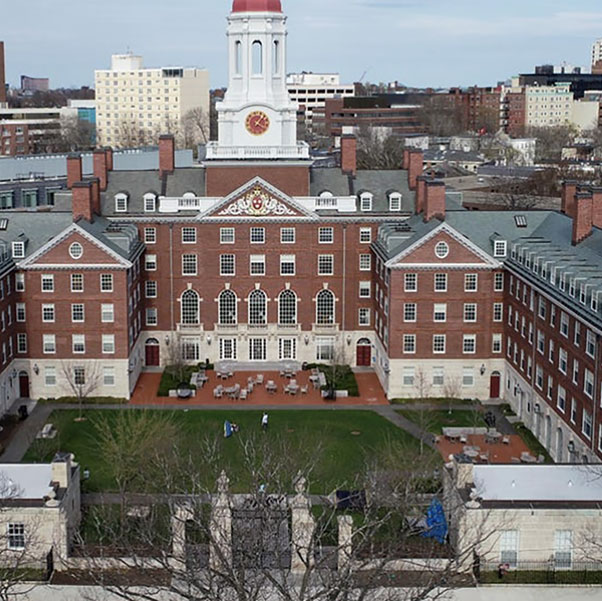
The U.S. Department of Education has investigated Harvard University's admissions practices following allegations of racial discrimination. The department's Office for Civil Rights took action in response to a complaint filed by three civil rights groups, which contends that the institution's preference for legacy applicants unfairly benefits white students, potentially violating federal civil rights laws. Legacy admissions, a policy used by numerous colleges and universities, have come under increased scrutiny since the Supreme Court's decision to strike down race-conscious admissions policies at Harvard College and the University of North Carolina.
According to the complaint, applicants with connections to Harvard donors or alumni, predominantly white, have a significantly higher acceptance rate, being six to seven times more likely to gain admission compared to regular applicants. The statistics were based on Harvard's admissions data that came to light during the recent Supreme Court case. The Education Department is expected to gather more up-to-date data to further investigate the matter.
In response to the investigation, Harvard University is reviewing its admissions policies to ensure the continued admission of a diverse student body. A Harvard spokesperson, Nicole Rura, emphasized the university's commitment to encouraging applicants from diverse backgrounds.
Confirming the ongoing investigation, the Education Department spokesperson cited Title VI of the Civil Rights Act of 1964, which prohibits racial discrimination in programs receiving federal funds, as the basis for the probe. However, the agency declined to provide further comments at this time.
The debate surrounding legacy admissions has gained momentum, prompting some educational institutions to reconsider their policies. In July, Wesleyan University and the University of Minnesota's Twin Cities campus decided to discontinue the practice, joining several others that have taken similar steps in recent years.
Representatives from the civil rights groups involved in the complaint expressed concerns about the impact of legacy preferences on students of color. Oren Sellstrom, the litigation director of Lawyers for Civil Rights, described Harvard as "on the wrong side of history," emphasizing the need for fairer admissions practices. Zaida Ismatul Oliva, head of the Chica Project, echoed these sentiments, emphasizing that the automatic acceptance of legacy applicants disproportionately disadvantages young people of color.
On the other hand, Edward Blum, an affirmative action opponent whose group Students for Fair Admissions sued Harvard and was involved in the recent Supreme Court ruling, expressed hope that colleges would voluntarily end legacy preferences. However, he also suggested that challenging the legality of such preferences might be difficult, as prominent organizations like the NAACP and the Mexican American Legal Defense Foundation have yet to bring lawsuits against these practices.
The investigation into Harvard's admissions practices is a pivotal moment in evaluating the impact of legacy preferences and racial discrimination in the college admissions process. As the Education Department delves deeper into the matter, the outcome of this investigation could have far-reaching implications for the broader landscape of higher education admissions in the United States.




